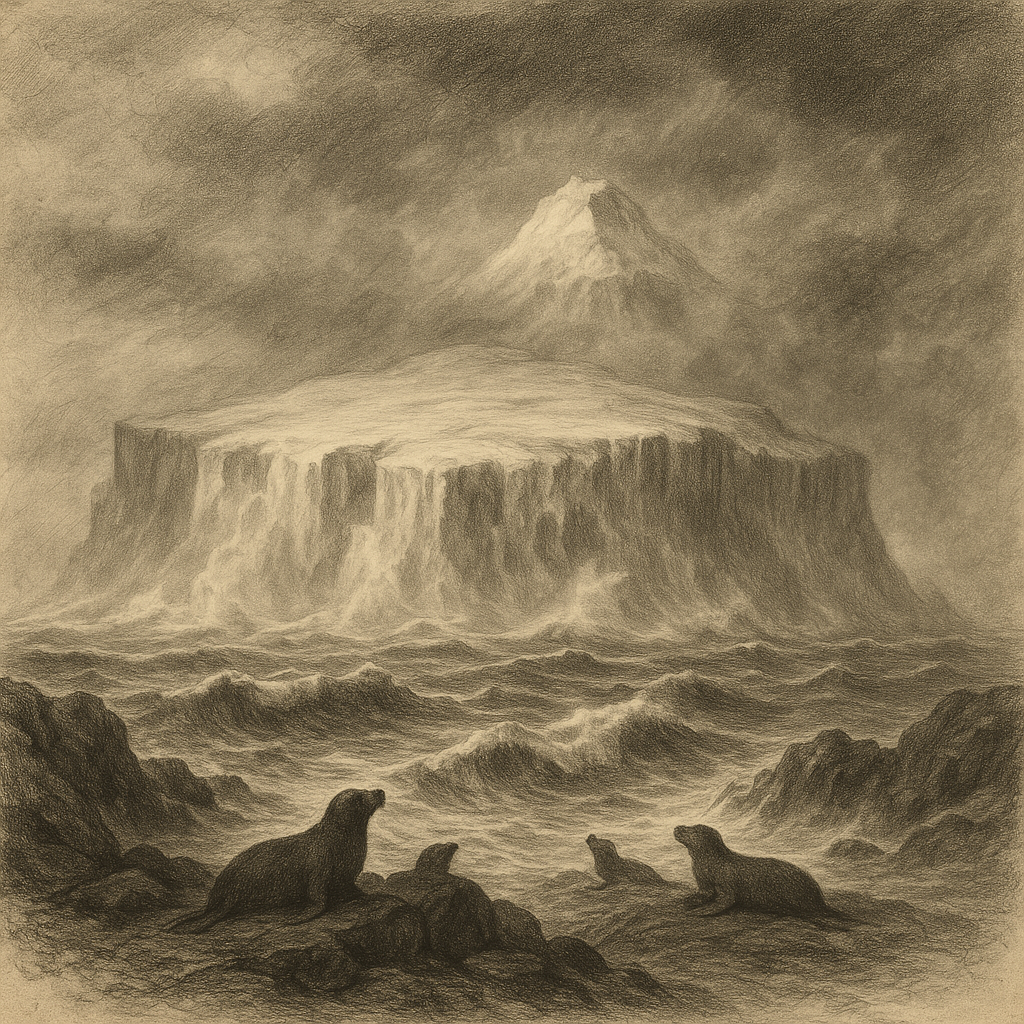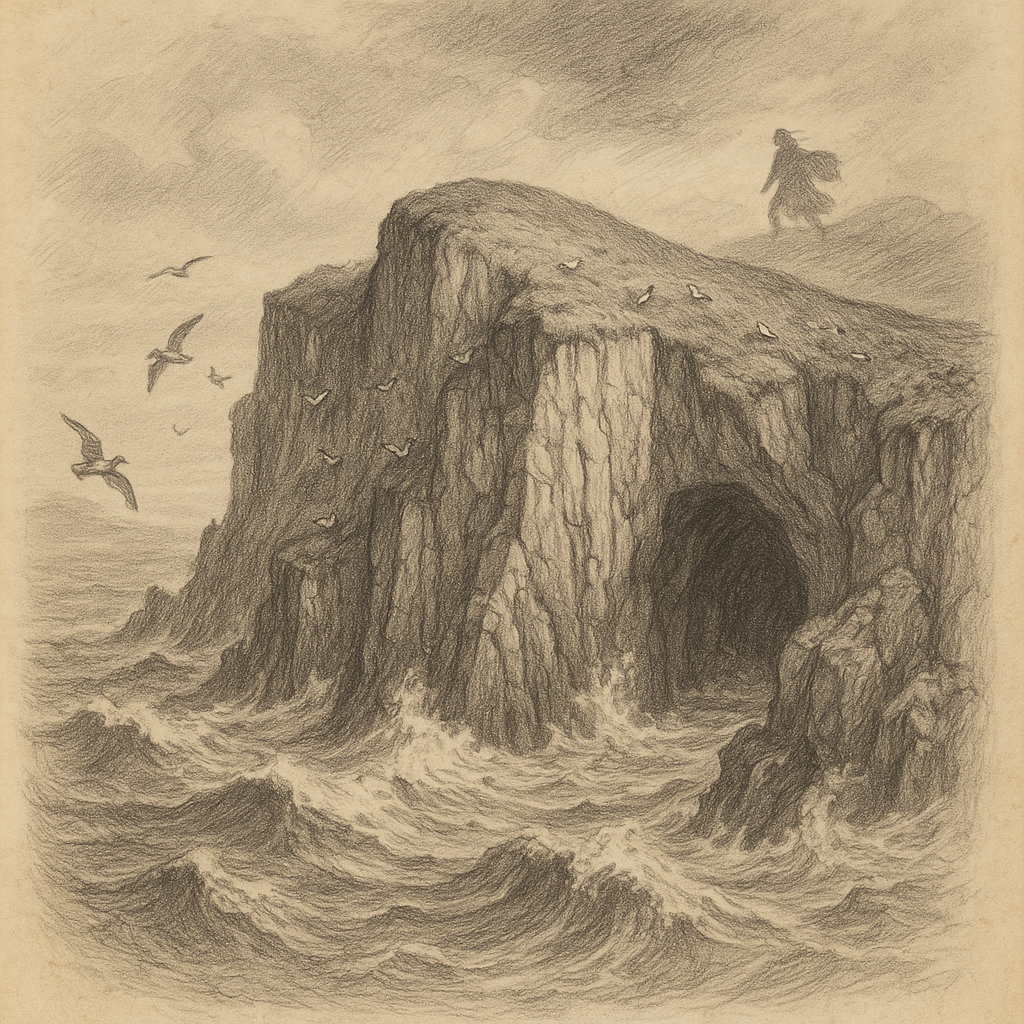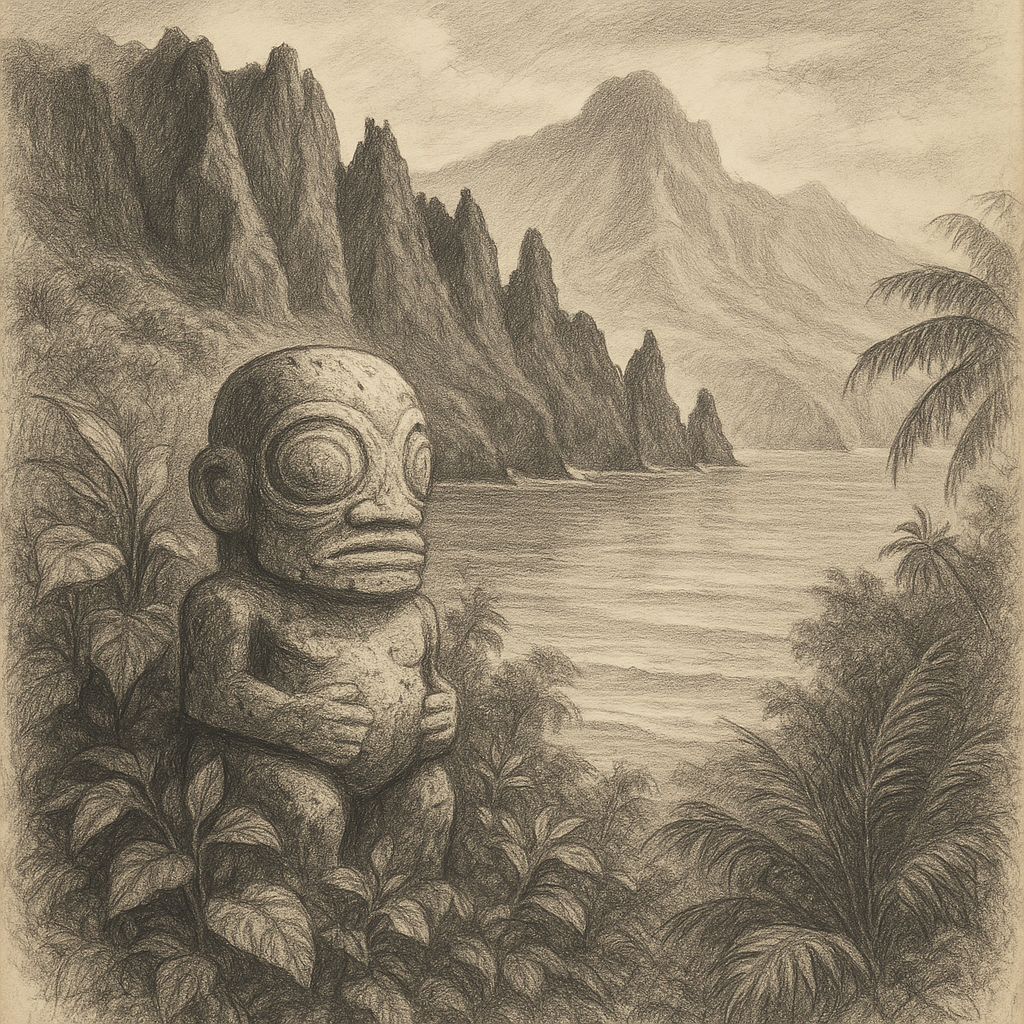Hirta Island: The Remote Heart of St Kilda
Hirta Island is the largest island in the remote St Kilda archipelago, located in the North Atlantic Ocean, about 64 kilometers west of the Scottish mainland. As the westernmost point of the United Kingdom and the only permanently inhabited island of the St Kilda group until 1930, Hirta holds a unique position both geographically and culturally in British history. Isolated and exposed to the powerful forces of the Atlantic, Hirta is known for its dramatic cliffs, rich seabird colonies, and haunting legacy of human resilience in one of the most inhospitable environments in Europe.
Geography and Landscape
Hirta Island covers an area of approximately 6.2 square kilometers and features some of the highest sea cliffs in the United Kingdom, rising up to 430 meters at Conachair on the northern side of the island. The island is crescent-shaped, marked by steep cliffs and grassy slopes, surrounding the sheltered bay of Village Bay on the southern coast. This bay was home to the principal settlement on the island, consisting of a series of traditional stone houses known as “blackhouses” arranged in a curved line to protect against the harsh sea winds.
The terrain of Hirta is rugged and treeless, shaped over millennia by wind, rain, and volcanic activity. It sits on the edge of the Hebrides, a legacy of ancient geological processes that contribute to the dramatic landscape seen today. The island, like the rest of the St Kilda group, has been formed from the remnants of a long-extinct volcano, and its high cliffs and sea stacks remain striking examples of natural erosion and geological history.
History and Human Settlement
Hirta has a long and fascinating history of human habitation dating back over two millennia. Archaeological evidence suggests that the island has been inhabited since prehistoric times, with later Norse and early Scottish populations contributing to the cultural landscape. Life on Hirta was shaped entirely by isolation and the unforgiving environment, leading to the development of a self-sufficient community that relied on seabirds for sustenance, including fulmars, gannets, and puffins.
The population peaked at around 180 residents in the late 17th century, but by the 20th century, numbers had significantly declined due to disease, food shortages, emigration, and the difficulties of sustaining life in such isolation. After centuries of hardship, the remaining 36 inhabitants made the collective decision to evacuate Hirta in 1930, a moment now deeply embedded in Scotland’s national consciousness. The evacuation marked the end of a unique chapter of human endurance and adaptation to extreme living conditions.
Wildlife and Conservation
Today, Hirta is a designated UNESCO World Heritage Site recognized for both its natural and cultural significance. It is part of the dual-nature listing reflecting its extraordinary seabird populations and its preserved historical structures. The island’s cliffs provide nesting sites for some of the largest seabird colonies in Europe, including tens of thousands of Atlantic puffins, northern gannets, and Leach’s storm petrels.
With human settlement gone, conservation efforts have focused on protecting the biodiversity of the island and managing invasive species. Soay sheep, a primitive breed believed to have been introduced thousands of years ago, now roam freely across the island in a feral state and are studied as part of long-term ecological research.
Hirta Island is also a critical marine conservation area, with the waters around it designated as a Special Area of Conservation. These surrounding seas provide vital habitats for grey seals, several species of whales and dolphins, and diverse marine invertebrates.
Points of Interest and Curiosities
Despite its remoteness, Hirta attracts visitors interested in history, wildlife, and Scotland’s cultural heritage. Several fascinating features distinguish the island:
– The remains of the stone dwellings in Village Bay showcase traditional Highland architecture and provide insight into the harsh lives of islanders.
– The cleits, small stone storage structures used to preserve dried seabirds and other goods, remain scattered across the island—numbering over 1,200, making them one of the most intriguing vernacular features of any European location.
– St Kilda’s mailboat—a wooden box with a makeshift sail used by residents to send messages to the mainland—forms part of the island’s folklore. Amazingly, a number of these “mailboats” actually reached shore in Scotland or even farther afield, carried by the tides.
– Hirta is used occasionally by British military personnel manning a radar tracking station established in the 1950s, though it is closed to the public.
Visitors today require special permission and typically arrive via chartered boat or cruise. Tourism is carefully managed to protect the fragile ecosystem and historical sites.
Legends and Folklore
As with many remote places imbued with deep history, Hirta is rich in legend and folklore. One of the most enduring tales involves the mysterious St Kilda name itself—not actually derived from a saint but likely a cartographical error that persisted through centuries. No saint named Kilda ever existed, making the name as enigmatic as the island’s origins.
Stories passed down describe ethereal lights seen dancing on the cliffs at night, which local lore attributed to fairy folk or spirits of their ancestors. Others speak of a ghostly boat—a phantom ship seen sailing angrily past Hirta during storms, said to be the souls of drowned mariners unable to rest.
Perhaps strangest is the legend of the “St Kilda Parliament,” a daily congregation where all adult males of the community met every morning to collectively decide matters affecting the village, from food distribution to community work. Outsiders found this form of democracy unusual and deeply admirable, considering its absence of hierarchy and genuine cooperation, especially given the island’s limited resources.
Conclusion
Hirta Island stands as a monumental testament to the resilience of human communities and the power of nature. Its towering cliffs, haunting ruins, and vibrant ecosystems continue to captivate the imagination of those drawn to its story. More than just a windswept island in the North Atlantic, Hirta offers a rare window into a way of life shaped by isolation, cooperation, and unwavering spirit. Whether through its enduring legends or scientific importance, Hirta continues to echo the voices of the past while inspiring new generations to value and protect the world’s most remote and fragile places.



